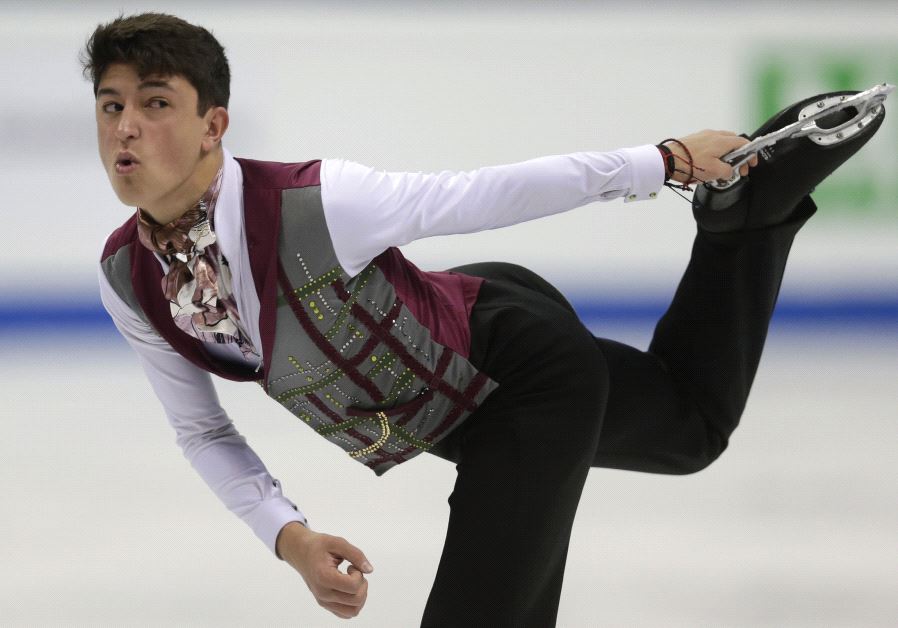A tale of two skaters
Not renowned for being a
winter sports power, Israel
faced a major dilemma
ahead of the upcoming
World Figure Skating
Championships.
 At just 17, the Tel Aviv-born Daniel Samohin became Israel’s first ever junior world champion in 2016
At just 17, the Tel Aviv-born Daniel Samohin became Israel’s first ever junior world champion in 2016